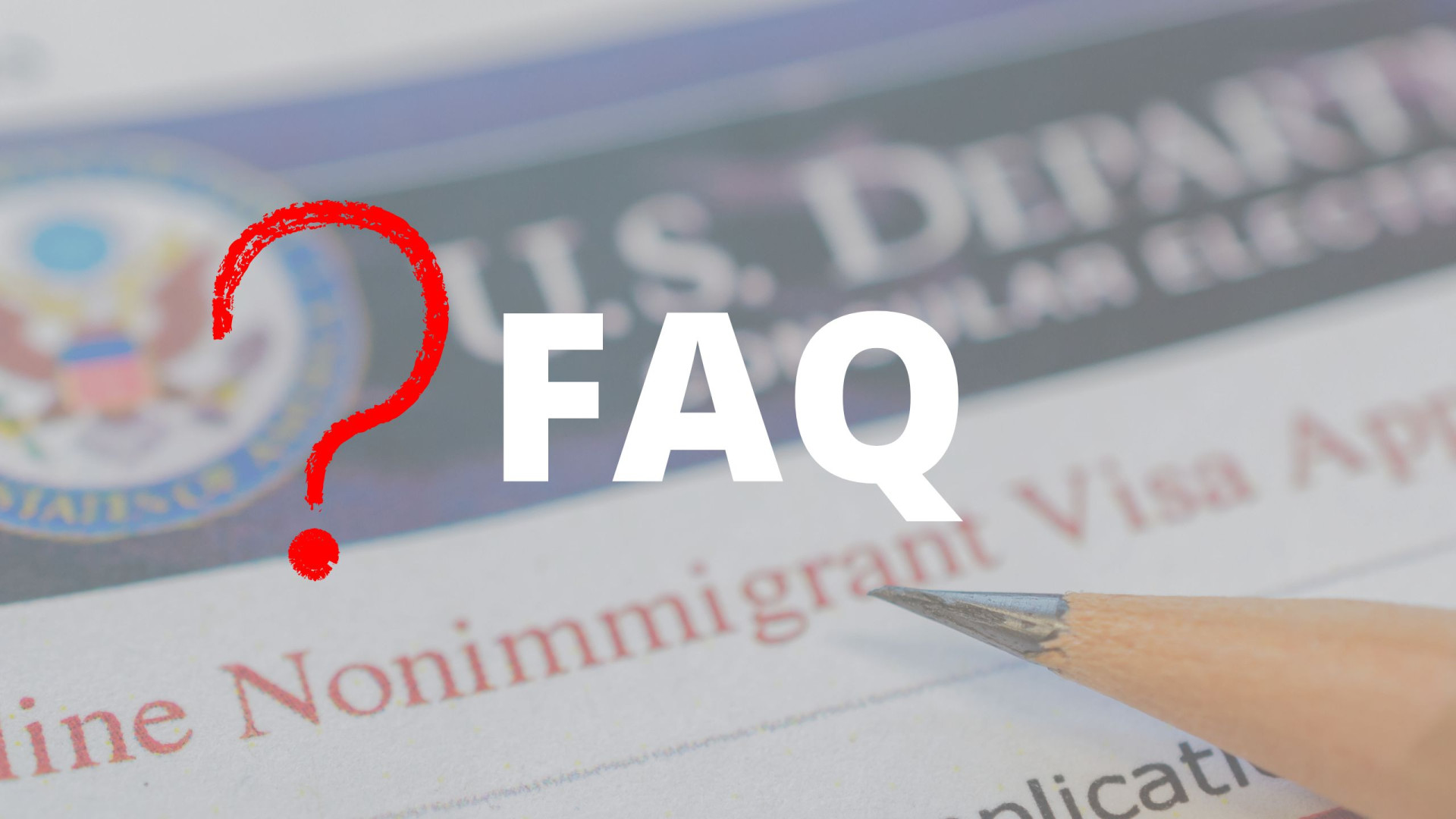Updated on 06.05.2024
Your question: An employee is in the USA on an E-2 visa. Her husband has an E-2 "spouse" visa and a parallel EAD with which he works. Since our company no longer has an E registration, an L blanket visa has been applied for the employee. What happens to the husband's residence status?
Share article:

In principle, the procedure is the same as for the E visa. This means that the spouse can also receive a derived L-2 visa on the basis of the main applicant for the L blanket visa. There are therefore two options for the spouse:
If you opt for option 2, the husband may during this time not leave the United States, otherwise the application will be considered withdrawn. However, the spouse can continue to reside legally in the USA during the application process if the application was submitted on time. Upon approval of the change of status application, the spouse will receive a new I-94 form on which the new (L-2) status will be noted. The husband can then continue to reside in the USA until the end of the expiration date without leaving the USA.
Important: However, if the spouse leaves the country (whether during the procedure or after approval), he must first apply for the L-2 visa at the US consulate / US embassy (see option 1) during a personal interview in order to be able to re-enter the country.
Another - often unfortunately ignored - but extremely important point is the EAD issue. The employee already has an EAD (= Employment Authorization Document) on the basis of E-2 status. Spouses with L-2 status can also obtain an EAD. Unfortunately, however, it is not possible to simply continue using the existing EAD. In the course of the new L-2 status or the new L-2 visa, a new EAD (based on the L status) must be applied for for the husband. This can be done in two ways:
Date:
We and our partners use cookies to store and retrieve personally identifiable information, such as browsing data, to provide and personalize content and advertising, and to analyze website usage and improve the user experience. You can learn more about the purposes for which we and our partners use cookies by clicking on the "Cookie Settings" button below. All settings can also be changed here. Subsequently, you can reconsider your cookie selection or revoke your consent at any time by clicking on the cookie settings link in the footer of our website. Please note that blocking some cookie types may have our ability to provide content tailored to your interests or may limit the availability of some website features.
By clicking "Accept All Cookies" you consent to our use and sharing of your information with our partners.